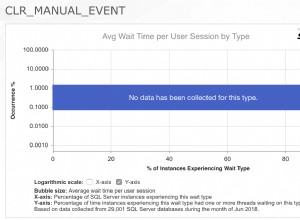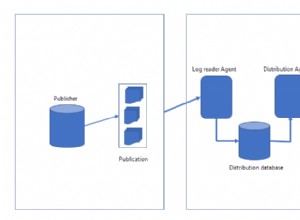Myślę, że to jest surowy sposób na wyciągnięcie tego, czego chcesz:
select * from articles_users where article_id in (select articles.id from articles inner join articles_users on articles_users.article_id = articles.id where user_id = 1) and user_id = 2;
Gdzie możesz podstawić identyfikatory użytkownika w Railsach:
ArticlesUser.find_by_sql(["select * from articles_users where article_id in (select articles.id from articles inner join articles_users on articles_users.article_id = articles.id where user_id = ?) and user_id = ?", @user1.id, @user2.id])
Lub dla wielu identyfikatorów::
ArticlesUser.find_by_sql(["select * from articles_users where article_id in (select articles.id from articles inner join articles_users on articles_users.article_id = articles.id where user_id = ?) and user_id IN (?)", @user1.id, [@user2.id,@user3.id]])
Tak więc z przykładowych danych (z innych Twoich pytań):
mysql> select * from articles_users;
+----+---------+------------+
| id | user_id | article_id |
+----+---------+------------+
| 1 | 1 | 1 |
| 2 | 1 | 2 |
| 3 | 1 | 3 |
| 4 | 2 | 1 |
| 5 | 2 | 2 |
| 6 | 3 | 1 |
| 7 | 3 | 3 |
| 8 | 4 | 4 |
+----+---------+------------+
8 rows in set (0.00 sec)
Zwróci wartości w ten sposób:
mysql> select * from articles_users where article_id in (select articles.id from articles inner join articles_users on articles_users.article_id = articles.id where user_id = 1) and user_id = 2;
+----+---------+------------+
| id | user_id | article_id |
+----+---------+------------+
| 4 | 2 | 1 |
| 5 | 2 | 2 |
+----+---------+------------+
2 rows in set (0.00 sec)
mysql> select * from articles_users where article_id in (select articles.id from articles inner join articles_users on articles_users.article_id = articles.id where user_id = 1) and user_id = 3;
+----+---------+------------+
| id | user_id | article_id |
+----+---------+------------+
| 6 | 3 | 1 |
| 7 | 3 | 3 |
+----+---------+------------+
2 rows in set (0.00 sec)
Lub dla wielu identyfikatorów użytkownika:
mysql> select * from articles_users where article_id in (select articles.id from articles inner join articles_users on articles_users.article_id = articles.id where user_id = 1) and user_id in (2,3);
+----+---------+------------+
| id | user_id | article_id |
+----+---------+------------+
| 4 | 2 | 1 |
| 5 | 2 | 2 |
| 6 | 3 | 1 |
| 7 | 3 | 3 |
+----+---------+------------+
4 rows in set (0.00 sec)
Poprosiłeś o sposób sql - ale prawie na pewno jest na to prosty sposób... ale to powinno Cię zacząć i możesz to zmienić w tym miejscu.




